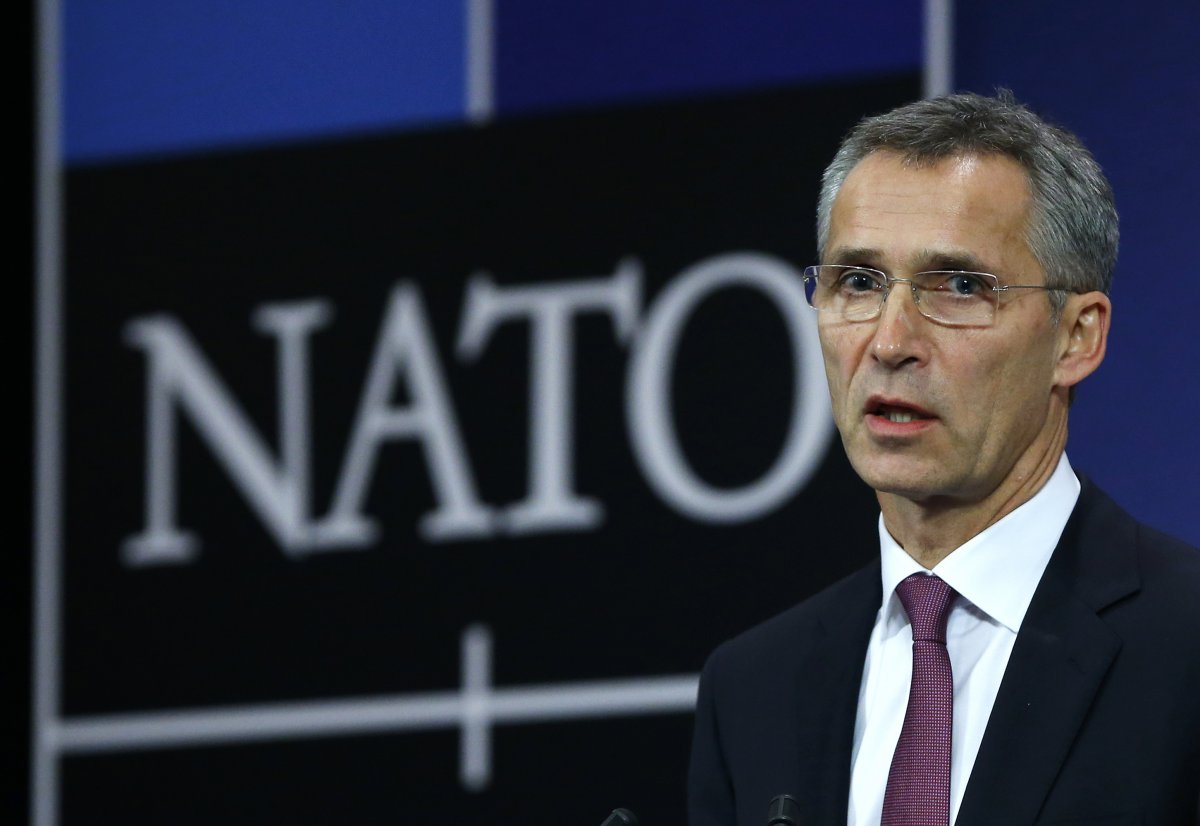
The back to the future deterrence
External Relations 10 February 2016The two-day NATO meeting in Brussels is expected to be intense with an agenda dominated by Russia.
Defence ministers are meeting today in Brussels with the Alliance’s Secretary General in order to discuss a significant new plan to reinforce the Baltics, central and southern Europe against a destabilising “hybrid” attack or full-blown occupaton by Russian forces. The meeting comes after the Obama Administration announcement to quadruple what it spends on its troops and training in Europe, as part of the U.S. military’s accelerating effort to deter Russia.
The proposal, which could involve up to a battalion of 500-1,000 troops being sent to each of Estonia, Latvia, Lithuania, Poland, Romania and Bulgaria is a part of a wide-ranging debate within the Alliance about the long-term response to Russia’s annexation of Crimea in 2014. The growing NATO presence, which could include stockpiles of military equipment and new infrastructure, will send a “clear signal” that the Alliance is ready to defend any of its members, said NATO chief Jens Stoltenberg.
The units, to be deployed on rotation, are likely to include highly-mobile special forces units armed with surface-to-air missiles, backed up by ground-attack aeroplanes and helicopters.Decisions on troop numbers is expected to be taken at the Nato summit in Warsaw in the summer. The plan also includes boosting intelligence capabilities, making preparations to rapidly reinforce the frontline units from Western Europe in case of an emergency, and to provide training to make vulnerable states better able to defend themselves.
Britain is planning to deploy five extra ships to the Baltic as part of a Nato buildup against Russia and a sizeable contingent of British troops are also likely to contribute to a new NATO force. The British ambassador to Nato declared this is a “back to the future” approach for NATO. “The Alliance is returning to its founding principle of collective defence “but with a modern twist”.. ““This is Nato taking a more muscular approach than it has done since the Cold War to enhance its forward presence to the east, and as necessary to the south, but only doing as much as is strictly necessary.”, he added.
Nato has an agreement with Russia not to deploy permanent troops along its border. Proposals including deploying troops to Eastern Europe under direct Nato command in peacetime, in an unprecedented move that will likely be greeted with fury in Moscow.



